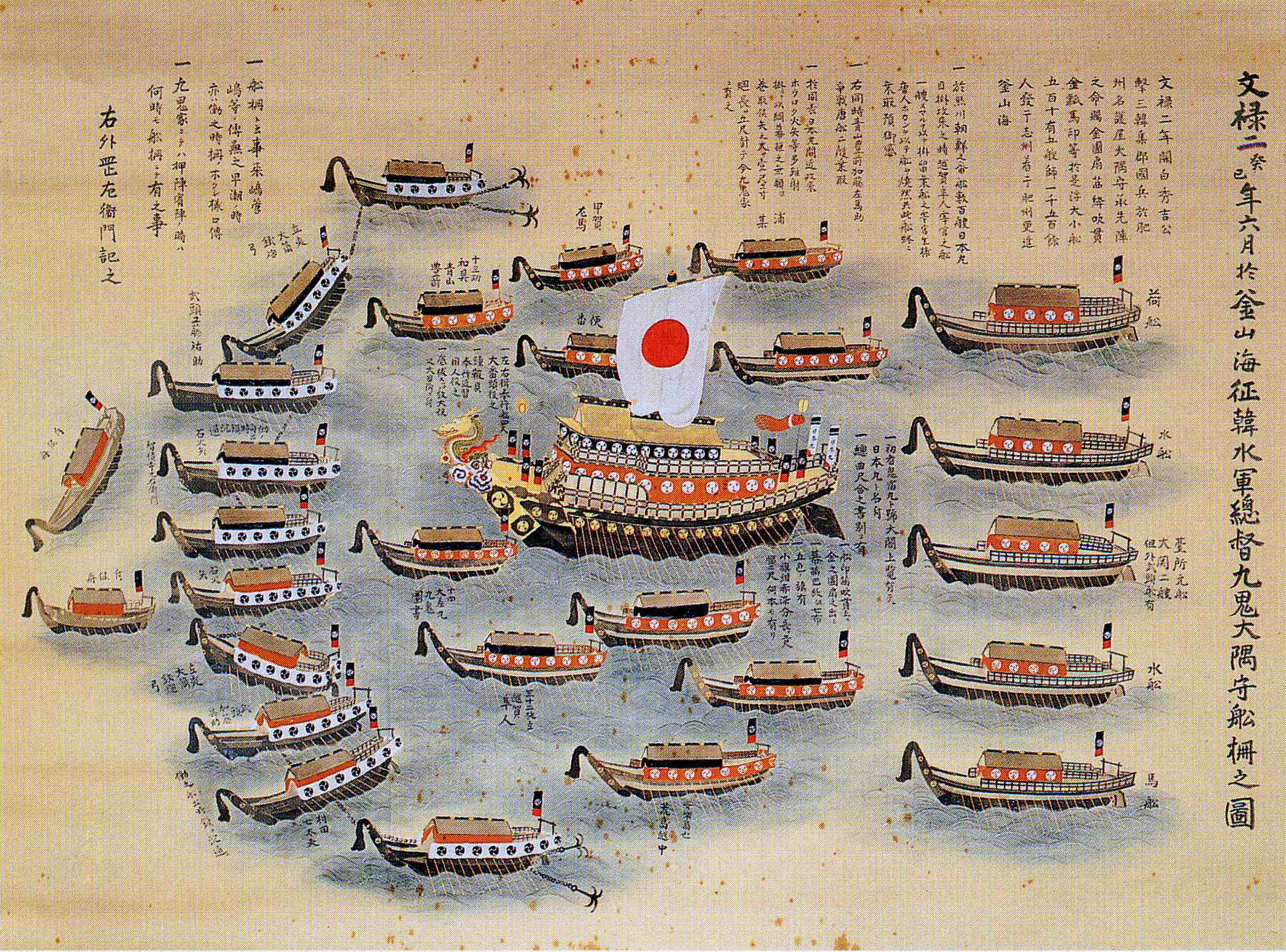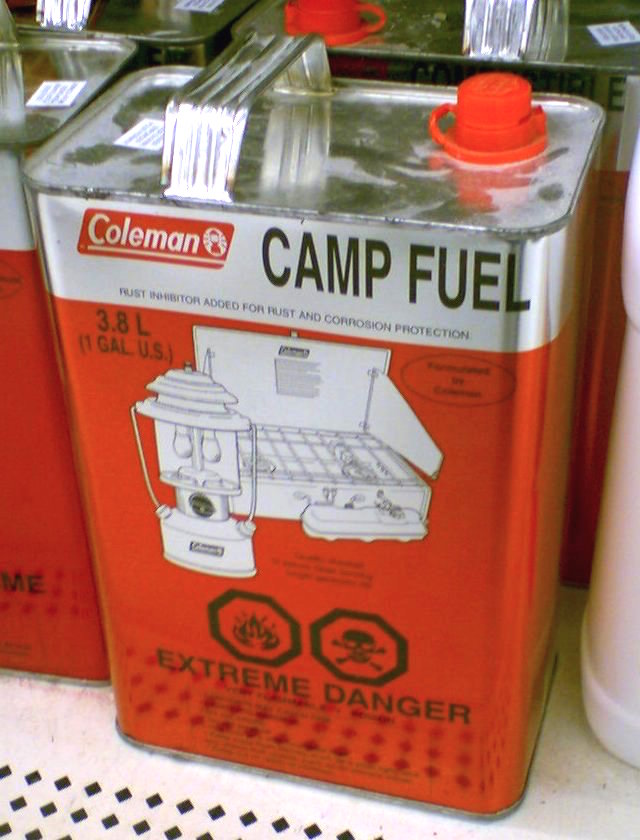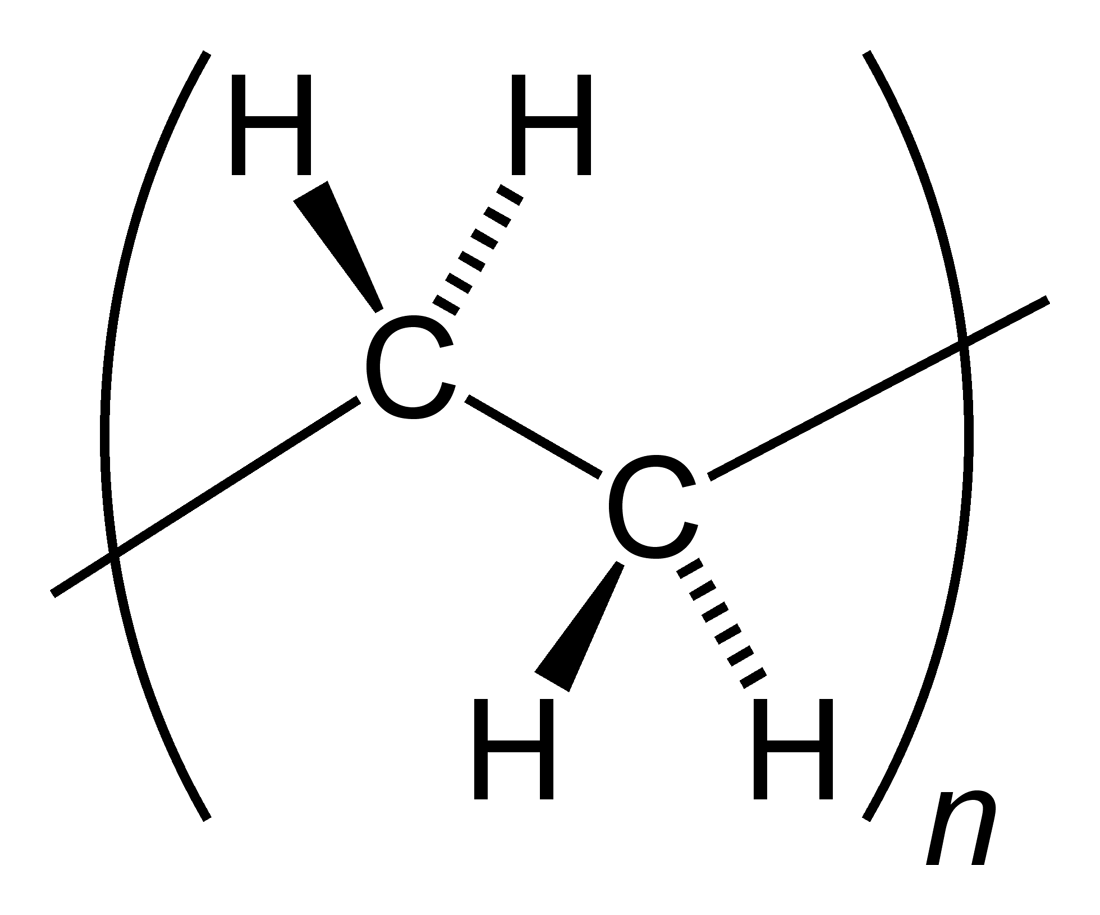|
Lotte Chemical Corporation
Lotte Chemical Corporation () is a chemical company headquartered in Seoul, South Korea. Lotte Chemical is one of the largest chemical companies in the world by revenue. Lotte Chemical manufactures synthetic resins and other chemical products used for various industrial materials. History Lotte Chemical was established as Honam Petrochemical in 1976 and became part of Lotte Group after three years. After being integrated into Lotte, the company acquired various companies for business expansion. In 2010, Honam took over Malaysia's Titan Chemicals for US$1.27 billion to expand its business to the Southeast Asian market. In 2012, Honam merged with KP Chemical and was renamed Lotte Chemical. Lotte Chemical acquired Samsung's chemical businesses, including Samsung SDI's chemical unit, Samsung Fine Chemicals, and Samsung BP Chemicals for 3 trillion won in 2016. Products Lotte Chemical produces ethylene, polyethylene, and polypropylene by using naphtha extracted from crude oil. Subs ... [...More Info...] [...Related Items...] OR: [Wikipedia] [Google] [Baidu] |
Public Company
A public company is a company whose ownership is organized via shares of share capital, stock which are intended to be freely traded on a stock exchange or in over-the-counter (finance), over-the-counter markets. A public (publicly traded) company can be listed on a stock exchange (listing (finance), listed company), which facilitates the trade of shares, or not (unlisted public company). In some jurisdictions, public companies over a certain size must be listed on an exchange. In most cases, public companies are ''private'' enterprises in the ''private'' sector, and "public" emphasizes their reporting and trading on the public markets. Public companies are formed within the legal systems of particular states and so have associations and formal designations, which are distinct and separate in the polity in which they reside. In the United States, for example, a public company is usually a type of corporation, though a corporation need not be a public company. In the United Kin ... [...More Info...] [...Related Items...] OR: [Wikipedia] [Google] [Baidu] |
Samsung SDI
Samsung SDI Co., Ltd. () is a battery and electronic materials manufacturer headquartered in Yongin, Gyeonggi-do, South Korea. Samsung SDI operates its business with Energy Solutions and Electronic Materials segment. The Energy Solution segment manufactures rechargeable batteries used for IT device, automotive, and Energy Storage System (ESS) applications, and the Electronic Materials segment produces materials for semiconductors and displays. In the first half of 2022, Samsung SDI is ranked sixth in the world with a market share of 5 percent according to SNE research. In 2022, Samsung SDI started to build pilot line for solid-state batteries in the South Korean city of Suwon and began its first production from the very line in 2023. In 2012, Samsung SDI and several other major companies were fined by the European Commission for price fixing of TV cathode-ray tubes. Corporate governance As of 30 June 2023. Plants As of October 2023, the company operates two battery cell plants ... [...More Info...] [...Related Items...] OR: [Wikipedia] [Google] [Baidu] |
Chemical Companies Of South Korea
A chemical substance is a unique form of matter with constant chemical composition and characteristic properties. Chemical substances may take the form of a single element or chemical compounds. If two or more chemical substances can be combined without reacting, they may form a chemical mixture. If a mixture is separated to isolate one chemical substance to a desired degree, the resulting substance is said to be chemically pure. Chemical substances can exist in several different physical states or phases (e.g. solids, liquids, gases, or plasma) without changing their chemical composition. Substances transition between these phases of matter in response to changes in temperature or pressure. Some chemical substances can be combined or converted into new substances by means of chemical reactions. Chemicals that do not possess this ability are said to be inert. Pure water is an example of a chemical substance, with a constant composition of two hydrogen atoms bonded ... [...More Info...] [...Related Items...] OR: [Wikipedia] [Google] [Baidu] |
South Korean Companies Established In 1976
South is one of the cardinal directions or Points of the compass, compass points. The direction is the opposite of north and is perpendicular to both west and east. Etymology The word ''south'' comes from Old English ''sūþ'', from earlier Proto-Germanic language, Proto-Germanic ''*sunþaz'' ("south"), possibly related to the same Proto-Indo-European language, Proto-Indo-European root that the word ''sun'' derived from. Some languages describe south in the same way, from the fact that it is the direction of the sun at noon (in the Northern Hemisphere), like Latin meridies 'noon, south' (from medius 'middle' + dies 'day', ), while others describe south as the right-hand side of the rising sun, like Biblical Hebrew תֵּימָן teiman 'south' from יָמִין yamin 'right', Aramaic תַּימנַא taymna from יָמִין yamin 'right' and Syriac ܬܰܝܡܢܳܐ taymna from ܝܰܡܝܺܢܳܐ yamina (hence the name of Yemen, the land to the south/right of the Levant). South is s ... [...More Info...] [...Related Items...] OR: [Wikipedia] [Google] [Baidu] |
Lotte Corporation Subsidiaries
Lotte may refer to: Businesses * Lotte Corporation, a South Korean industrial conglomerate ** Lotte Capital, a South Korean financial company ** Lotte Card, a South Korean credit card provider ** Lotte Chilsung, a South Korean manufacturer of food products ** Lotte Cinema, a chain of movie theatres in South Korea ** Lotte Confectionery, a South Korean confectionery ** Lotte Department Store, a South Korean department store ** Lotte Liquor, a South Korean distiller ** Lotte World, a recreation complex in Seoul, South Korea * Lotte Holdings, a Japanese holding company * Lotte Tour Development, a South Korean tourism company Entertainment * ''Lotte'' (film), a 1928 German silent film directed by Carl Froelich * ''Lotte in Weimar'', a 1975 East German drama film directed by Egon Günther * ''Lotte'' (TV series), a Dutch TV series based on the Colombian telenovela ''Betty, la fea'' * Lotte, the title character of a series of Estonian animated TV programs and films, including: ... [...More Info...] [...Related Items...] OR: [Wikipedia] [Google] [Baidu] |
List Of Largest Chemical Producers
''Chemical & Engineering News'' publishes an annual list of the world's largest chemical producers by sales, excluding formulated products such as pharmaceutical drugs and coatings. In 2018, sales of the top fifty companies amounted to , an increase of 11.8% compared to the top fifty producers of 2017. The American Chemistry Council estimated that global chemical sales in 2014 rose by 3.7% to . In 2018, Forty-eight of the companies on the list disclosed chemical profits, which totaled , an increase of 1.3% from 2017. The average profit margin for chemical operations for these companies was 9.6%. Top fifty producers by sales (2021) Top fifty producers by sales (2018) :A.Some figures converted at 2018 average exchange rates of .00 = Brazilian, , , , , , , , , , and . :B.Estimate by ''Chemical and Engineering News''. :C.Sales include a significant amount of non-chemical products. :D.Chemical sales less administrative expenses and cost of sales. Largest companies since 1988 Since ... [...More Info...] [...Related Items...] OR: [Wikipedia] [Google] [Baidu] |
National Pension Service
The National Pension Service (NPS; ) is a public pension fund in South Korea. It is the third largest in the world with over $800 billion in assets, and is the largest investor in South Korea. The system functions as part of a national social security framework, receiving insurance premiums from subscribers, employers, and the state, and providing old-age pensions, survivors' pensions, and disability pensions—thereby contributing to the stability of the state. It is designed to support individuals who have become non-economically active due to old age. Countries like Japan, Norway, Singapore, and the Netherlands also operate similar centralized systems. A notable difference is that, unlike sovereign wealth funds, only a few countries—including Korea and Japan—invest national pensions into stock markets. Given the fund's size (over ₩500 trillion), it often appears in financial news as a kind of “relief pitcher” during market volatility. It is looking to buy a portfoli ... [...More Info...] [...Related Items...] OR: [Wikipedia] [Google] [Baidu] |
Flag Of Japan
The national flag of Japan is a rectangular white banner with a red circle at its center. The flag is officially called the but is more commonly known in Japan as the . It embodies the country's sobriquet: the Land of the Rising Sun. The flag is designated as the national flag in the Act on National Flag and Anthem, which was promulgated and became effective on 13 August 1999. Although no earlier legislation had specified a national flag, the sun-disc flag had already become the ''de facto'' national flag of Japan. Two proclamations issued in 1870 by the Daijō-kan, the governmental body of the early Meiji period, each had a provision for a design of the national flag. A sun-disc flag was adopted as the national flag for merchant ships under Proclamation No. 57 of Meiji 3 (issued on 27 January 1870), and as the national flag used by the Navy under Proclamation No. 651 of Meiji 3 (issued on 3 October 1870). Use of the was severely restricted during the early years of ... [...More Info...] [...Related Items...] OR: [Wikipedia] [Google] [Baidu] |
Flag Of South Korea
The national flag of South Korea, also known as the ''Taegeukgi'' (), consists of three components: a white rectangular background, a red and blue ''taegeuk'' in its center, accompanied by four black Bagua, trigrams, one in each corner. The predecessors to the current ''Taegeukgi'' were used as the national flag of Korea by the Joseon dynasty, the Korean Empire, as well as the Provisional Government of the Republic of Korea, Korean government-in-exile during Japanese rule. South Korea adopted ''Taegeukgi'' for its national flag in 1948. History In 1876, the absence of a national flag became an issue for Korea, at the time reigned over by the Joseon dynasty. Before 1876, Korea did not have a national flag, but the king had his own royal standard. The lack of a national flag became a quandary during negotiations for the Japan–Korea Treaty of 1876, at which the delegate of Empire of Japan, Japan displayed the flag of Japan, Japanese national flag, whereas the Joseon dynasty had ... [...More Info...] [...Related Items...] OR: [Wikipedia] [Google] [Baidu] |
Naphtha
Naphtha (, recorded as less common or nonstandard in all dictionaries: ) is a flammable liquid hydrocarbon mixture. Generally, it is a fraction of crude oil, but it can also be produced from natural-gas condensates, petroleum distillates, and the fractional distillation of coal tar and peat. In some industries and regions, the name ''naphtha'' refers to crude oil or refined petroleum products such as kerosene or diesel fuel. Naphtha is also known as Shellite in Australia. Etymology The word ''naphtha'' comes from Latin through Ancient Greek (), derived from Middle Persian ''naft'' ("wet", "naphtha"), the latter meaning of which was an assimilation from the Akkadian 𒉌𒆳𒊏 (see Semitic relatives such as Arabic petroleum" Syriac ''naftā'', and Hebrew , meaning petroleum). Antiquity The book of II Maccabees (2nd cent. BC) tells how a "thick water" was put on a sacrifice at the time of Nehemiah and when the sun shone it caught fire. It adds that "those aro ... [...More Info...] [...Related Items...] OR: [Wikipedia] [Google] [Baidu] |
Polypropylene
Polypropylene (PP), also known as polypropene, is a thermoplastic polymer used in a wide variety of applications. It is produced via chain-growth polymerization from the monomer Propene, propylene. Polypropylene belongs to the group of polyolefins and is Crystallization of polymers#Degree of crystallinity, partially crystalline and Chemical polarity#Nonpolar molecules, non-polar. Its properties are similar to polyethylene, but it is slightly harder and more heat-resistant. It is a white, mechanically rugged material and has a high chemical resistance. Polypropylene is the second-most widely produced Commodity plastics, commodity plastic (after polyethylene). History Phillips Petroleum chemists J. Paul Hogan and Robert Banks (chemist), Robert Banks first demonstrated the polymerization of propylene in 1951. The stereoselective polymerization to the isotactic was discovered by Giulio Natta and Karl Rehn in March 1954. This pioneering discovery led to large-scale commercial producti ... [...More Info...] [...Related Items...] OR: [Wikipedia] [Google] [Baidu] |
Polyethylene
Polyethylene or polythene (abbreviated PE; IUPAC name polyethene or poly(methylene)) is the most commonly produced plastic. It is a polymer, primarily used for packaging (plastic bags, plastic films, geomembranes and containers including bottles, cups, jars, etc.). , over 100 million tonnes of polyethylene resins are being produced annually, accounting for 34% of the total plastics market. Many kinds of polyethylene are known, with most having the chemical formula (C2H4)''n''. PE is usually a mixture of similar polymers of ethylene, with various values of ''n''. It can be ''low-density'' or ''high-density'' and many variations thereof. Its properties can be modified further by crosslinking or copolymerization. All forms are nontoxic as well as chemically resilient, contributing to polyethylene's popularity as a multi-use plastic. However, polyethylene's chemical resilience also makes it a long-lived and decomposition-resistant pollutant when disposed of improperly. Being a h ... [...More Info...] [...Related Items...] OR: [Wikipedia] [Google] [Baidu] |





